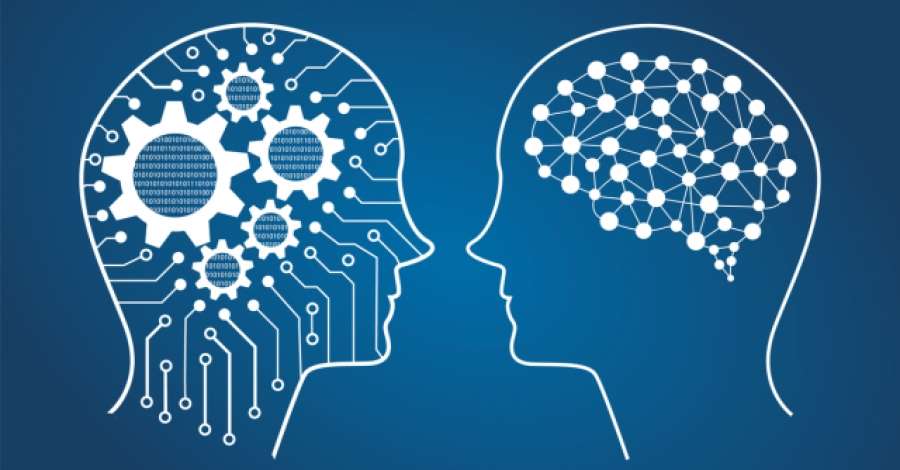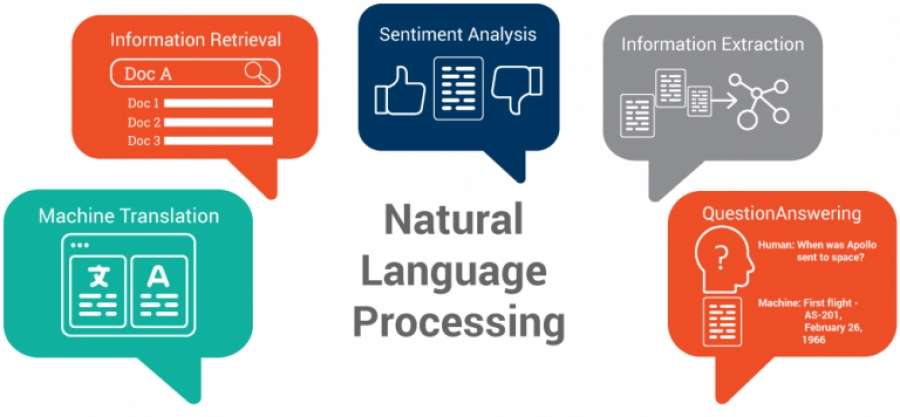Artificial Intelligence and Big Data
This has significant implications for businesses and society. AI algorithms can leverage the power of Big Data to discover patterns, make predictions, and generate valuable insights. Big Data provides the necessary fuel for AI systems by supplying them with diverse and abundant data to learn from.
AI algorithms, with the support of Omabra Analytics, can harness the power of Big Data to uncover meaningful patterns, make accurate predictions, and generate valuable insights
Big Data includes information that is unstructured, and semi-structured and there may be complex interrelationships that are syntactic, semantic, social, cultural, economic, and organizational in nature. Some of the characteristics of big data include;
- Volume: extremely large data sets
- Veracity: accuracy, noise, uncertainty in data
- Velocity: Real-time processing and very high speed of transmission
- Variety: text, audio, numerical, images, etc
- Variability: lack of structure, consistency, and context
The quantity and quality of Big Data are influenced by statistical replication in large-scale, scientific experiments and are subject to many epistemic uncertainties. The most significant social impacts of Big Data are likely to occur when used in combination with AI.
Artificial Intelligence
Artificial Intelligence is a generic term for a machine that responds to environmental stimuli (or new data) and then modifies its operation to maximize a performance index. The learning process is implemented using mathematics, statistics, logic, and computer programming. Popular AI techniques include machine learning methods and structured data such as classical support, vector machine, Neural Networks, and modern deep learning as well as natural language processing for unstructured data. ML constructs data analysis algorithms to extract features from data. Depending on whether to incorporate the outcomes, ML algorithms can be divided into two major categories;
- Unsupervised learning well known for feature extraction
- Supervised learning suitable for predictive modeling via building relationships
Clustering and PCA are two major unsupervised learning methods. Supervised learning considers the subject outcome together with their traits and goes through a certain training process to determine the best outputs associated with the inputs that are closest to the outcome on average.



